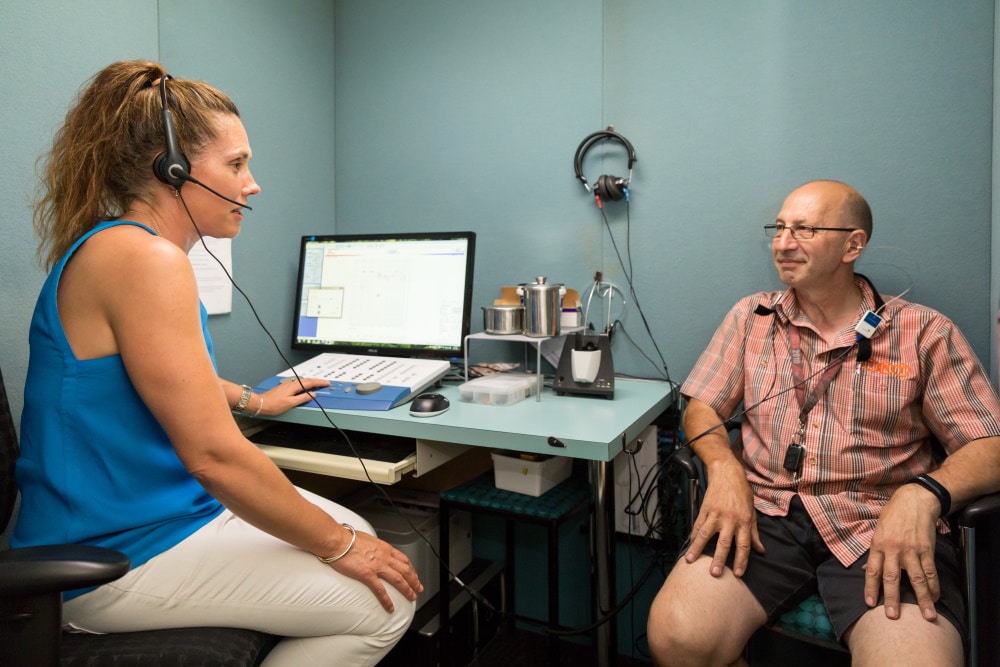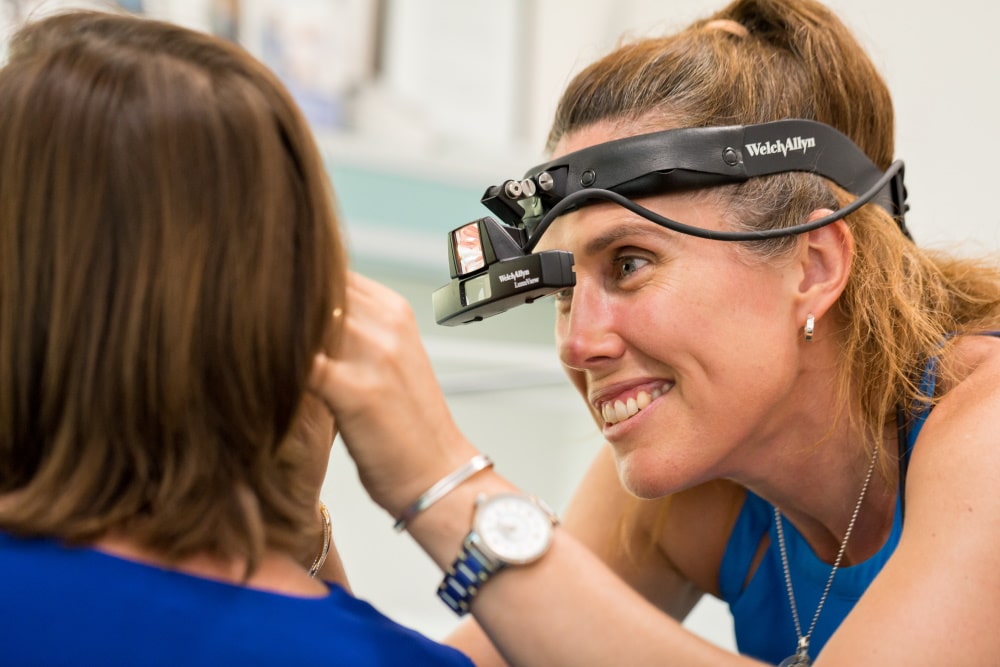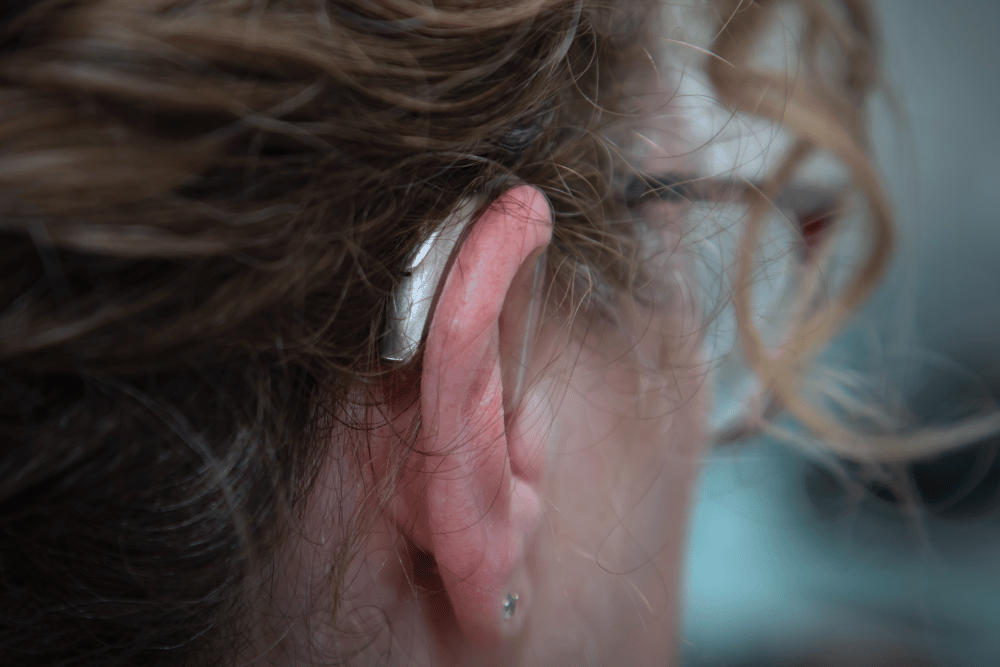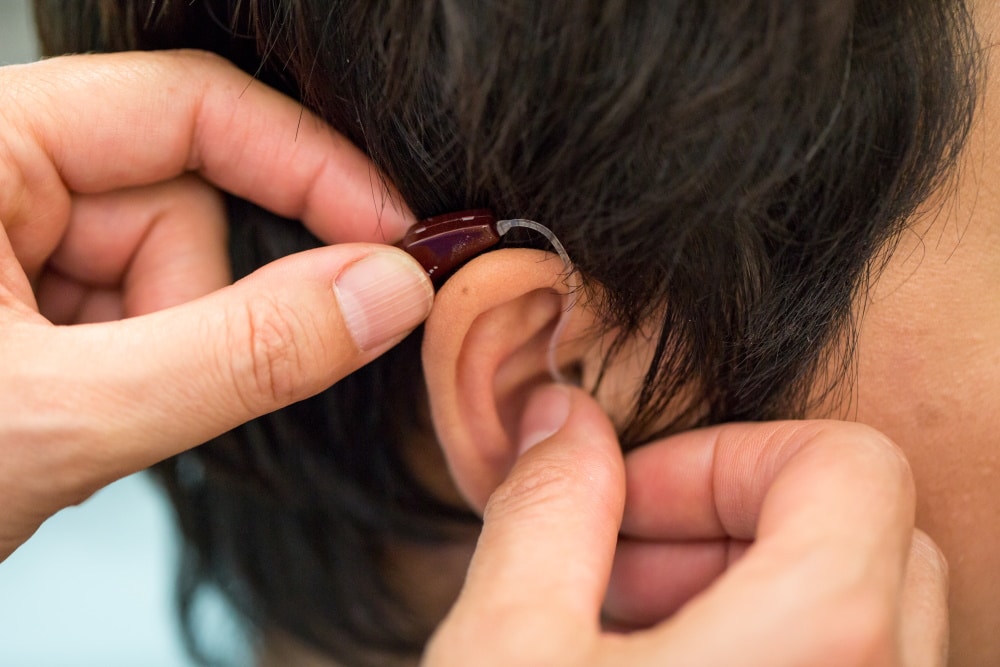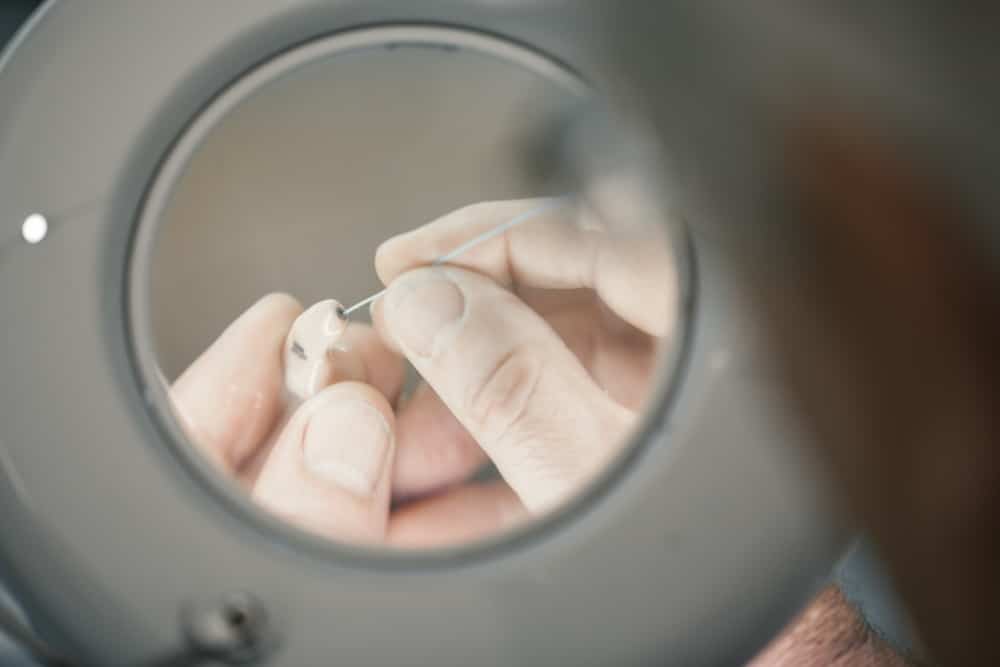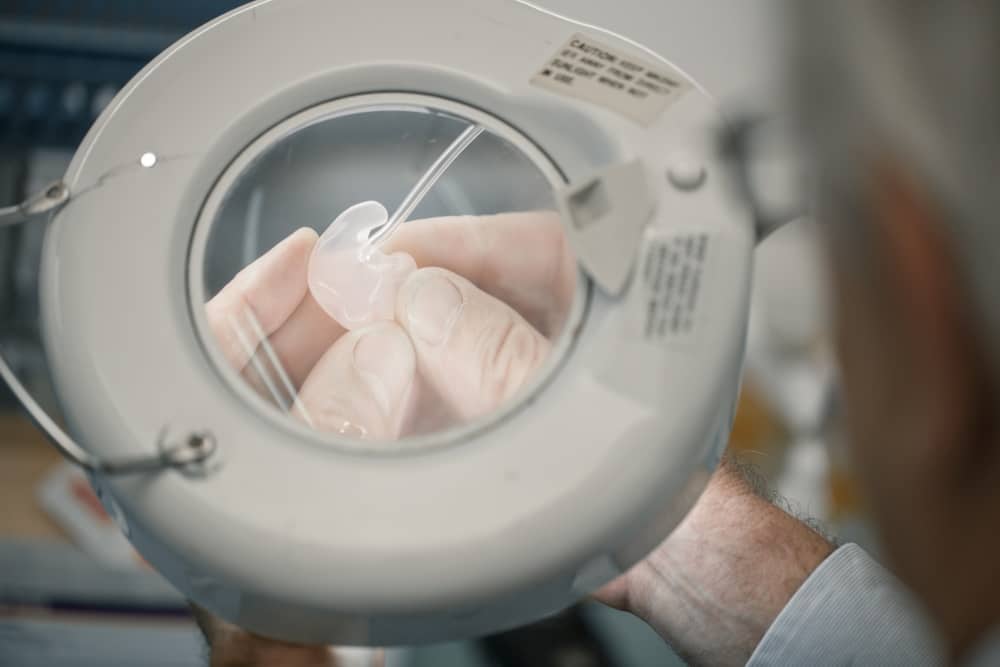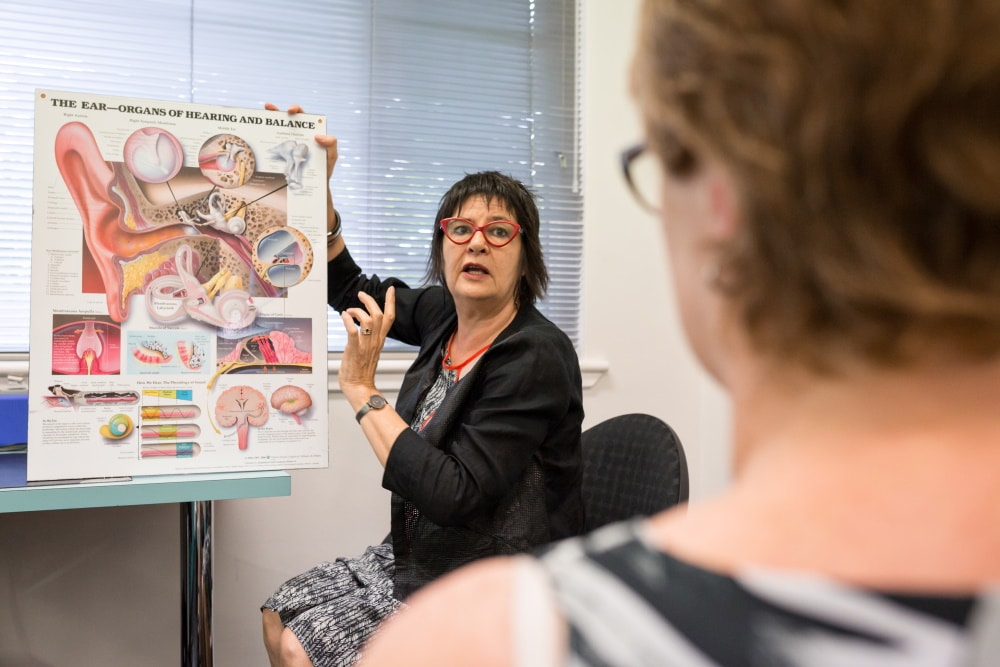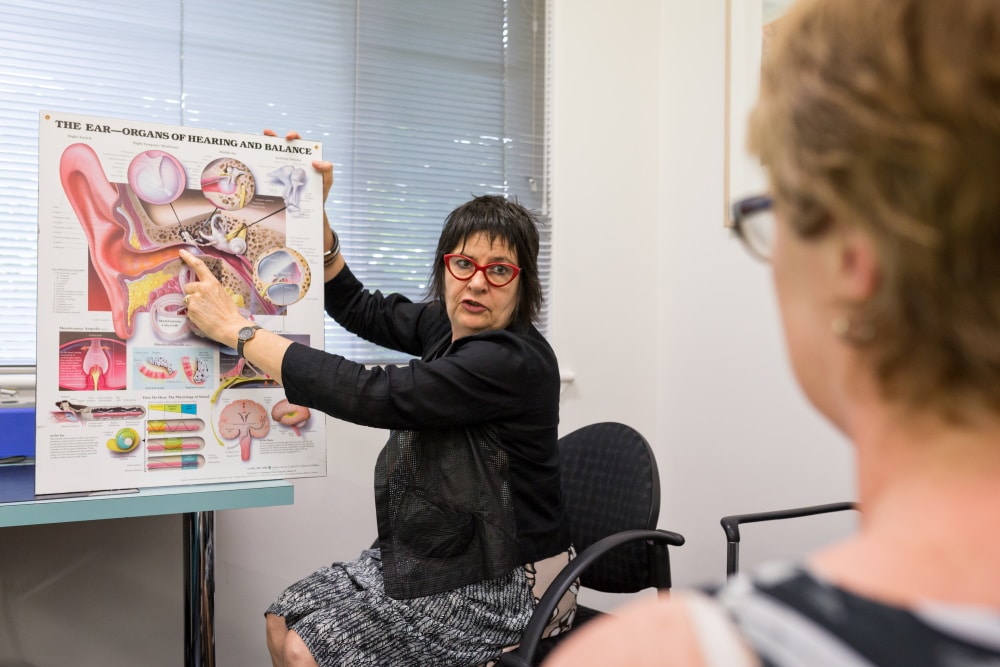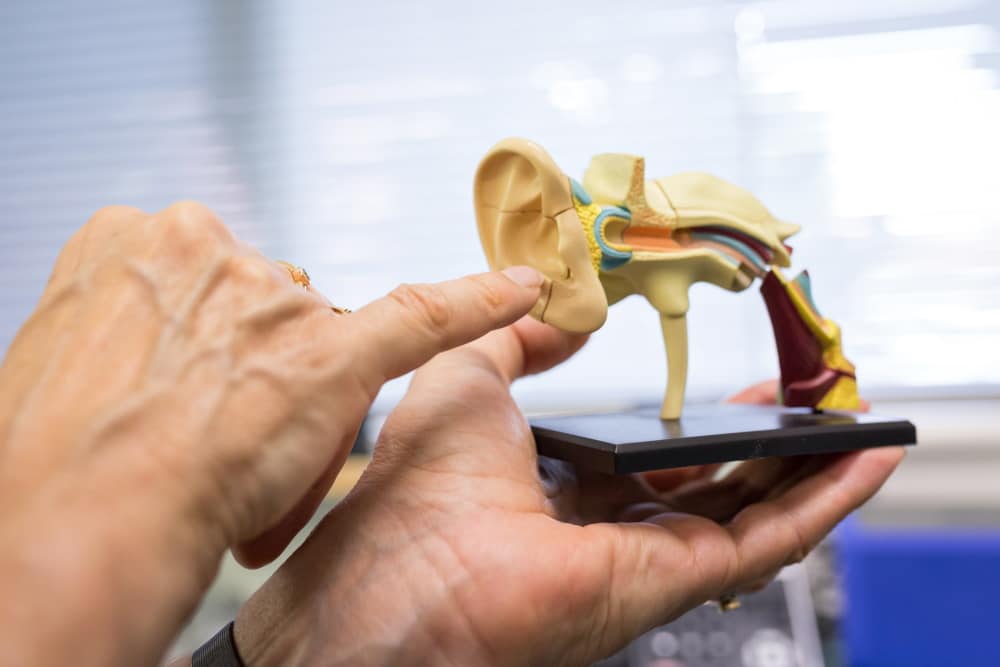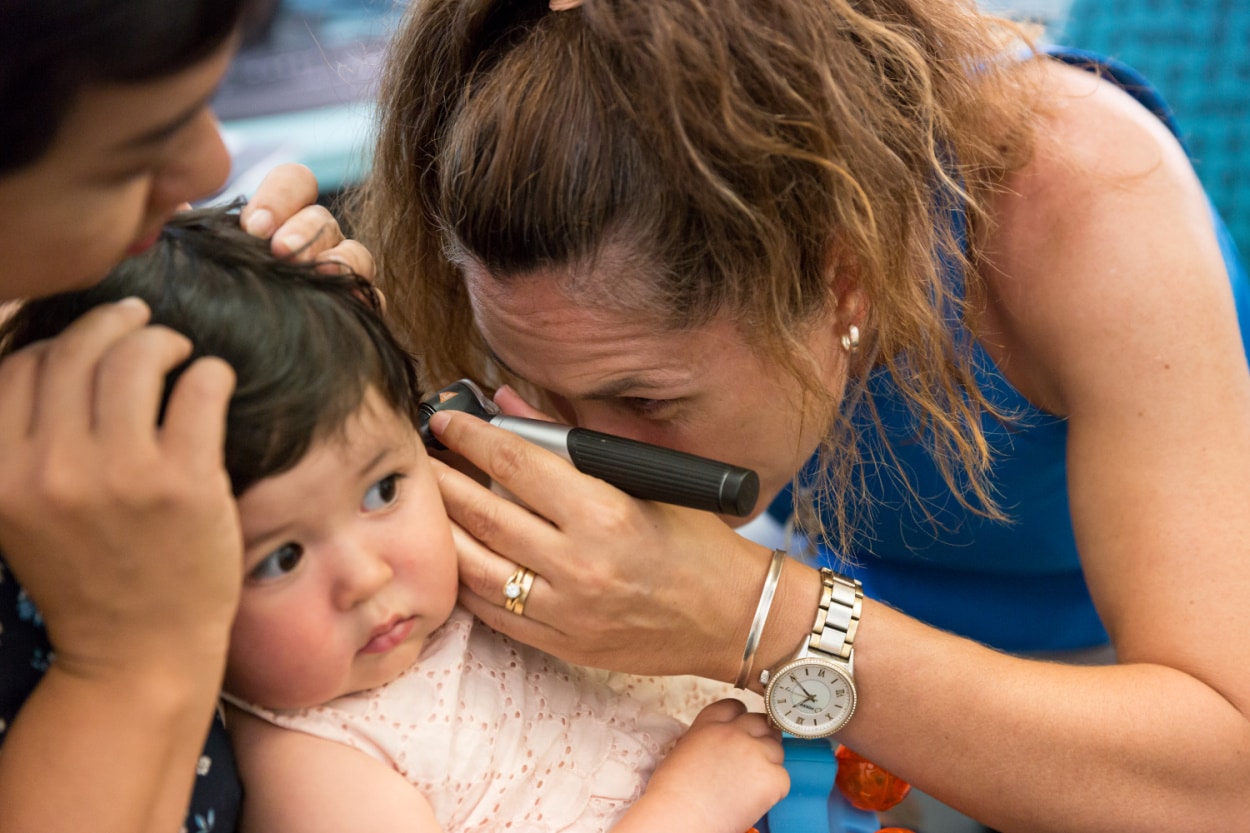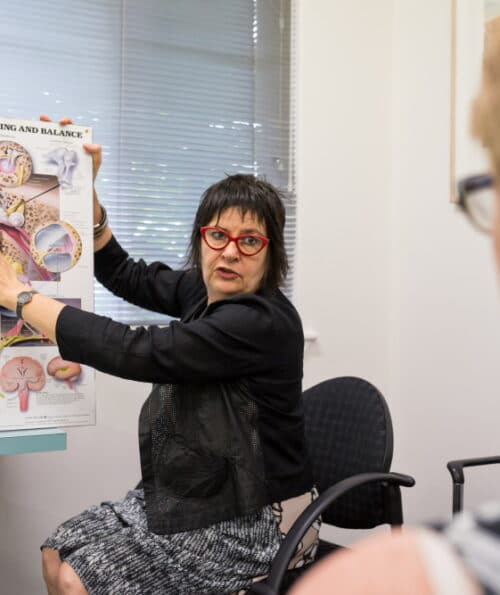
Our Acoustic Shock Disorder Program
Our Audiology practice provides unique expertise in the evaluation and management of acoustic shock patients and in acoustic shock workplace consultancy.
Ms Myriam Westcott has been working with acoustic shock patients on a frequent basis since 2002. She is the most experienced audiologist internationally in the provision of acoustic shock evaluation and therapy. Myriam has extensive experience in the rehabilitation of tinnitus and hyperacusis, dominant symptoms of acoustic shock disorder.
Our evaluation and management program includes:
- A definitive diagnosis
- A hearing assessment
- An evaluation of the emotional impact of acoustic shock disorder
- Detailed and personalised explanations
- A detailed report, including fitness for work, rehabilitation recommendations and referral for further evaluation and management

